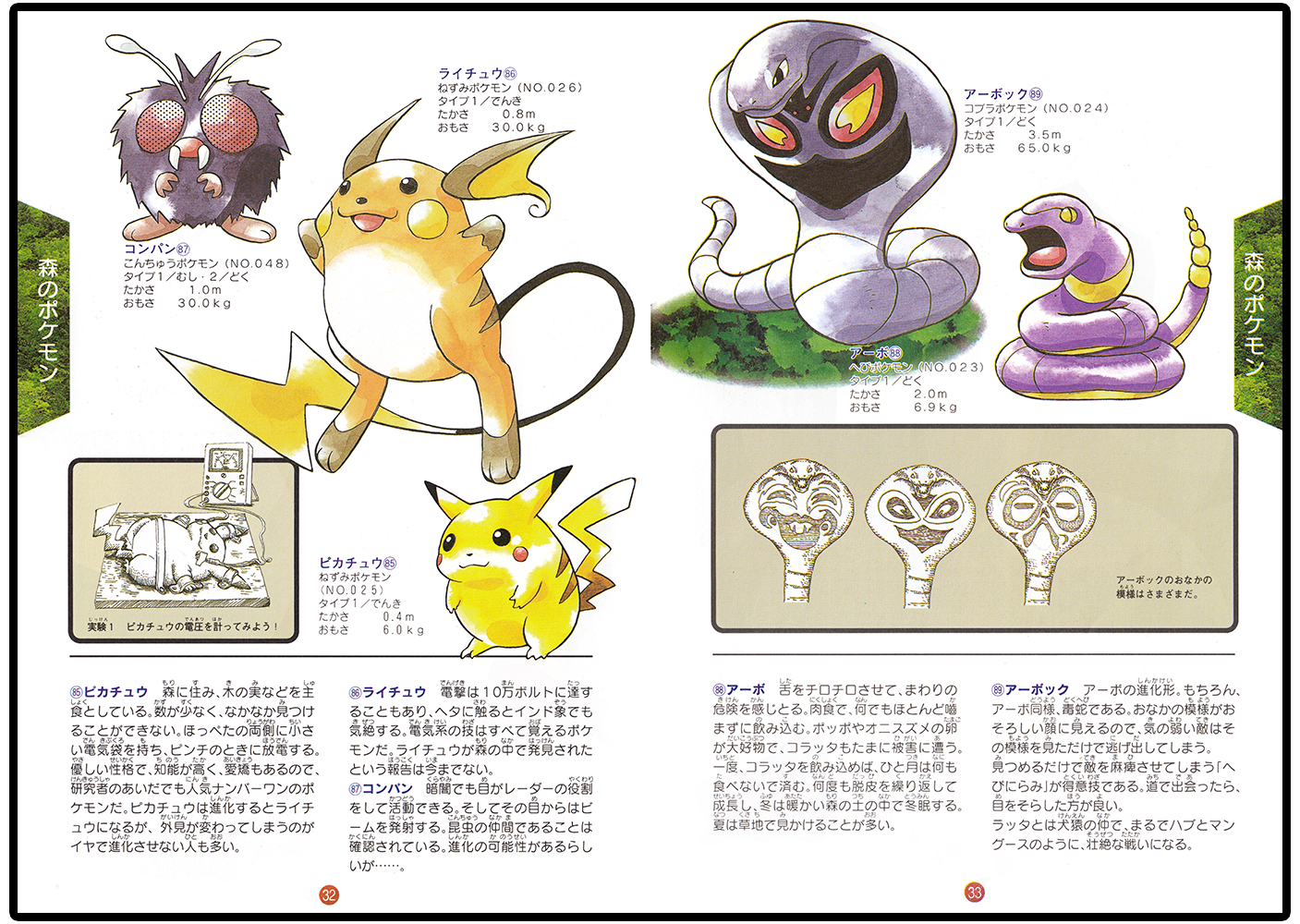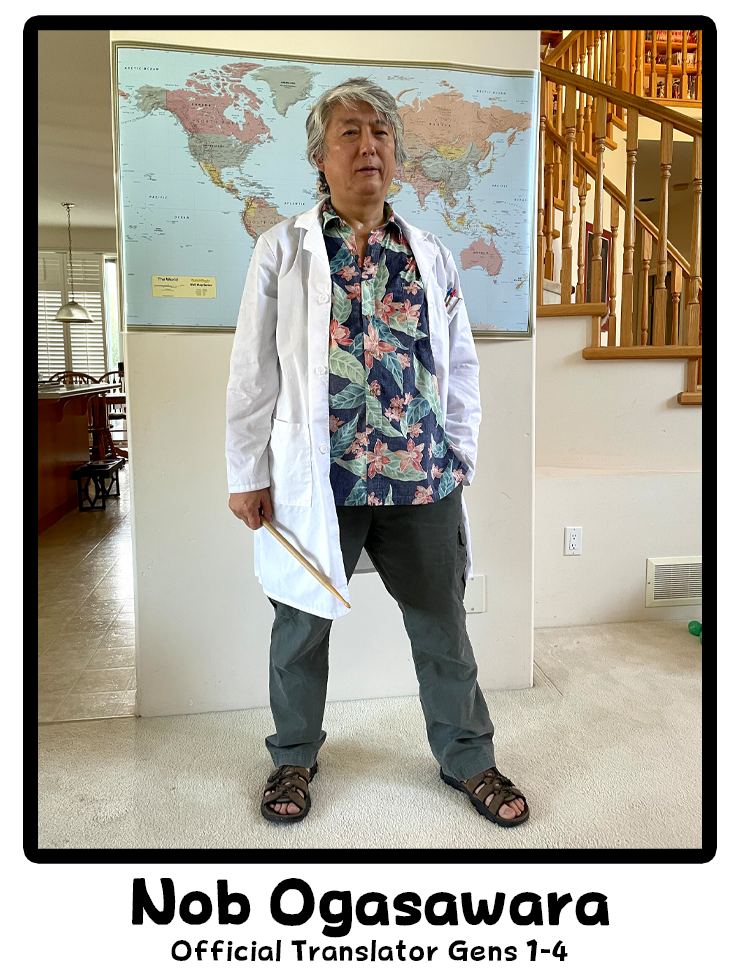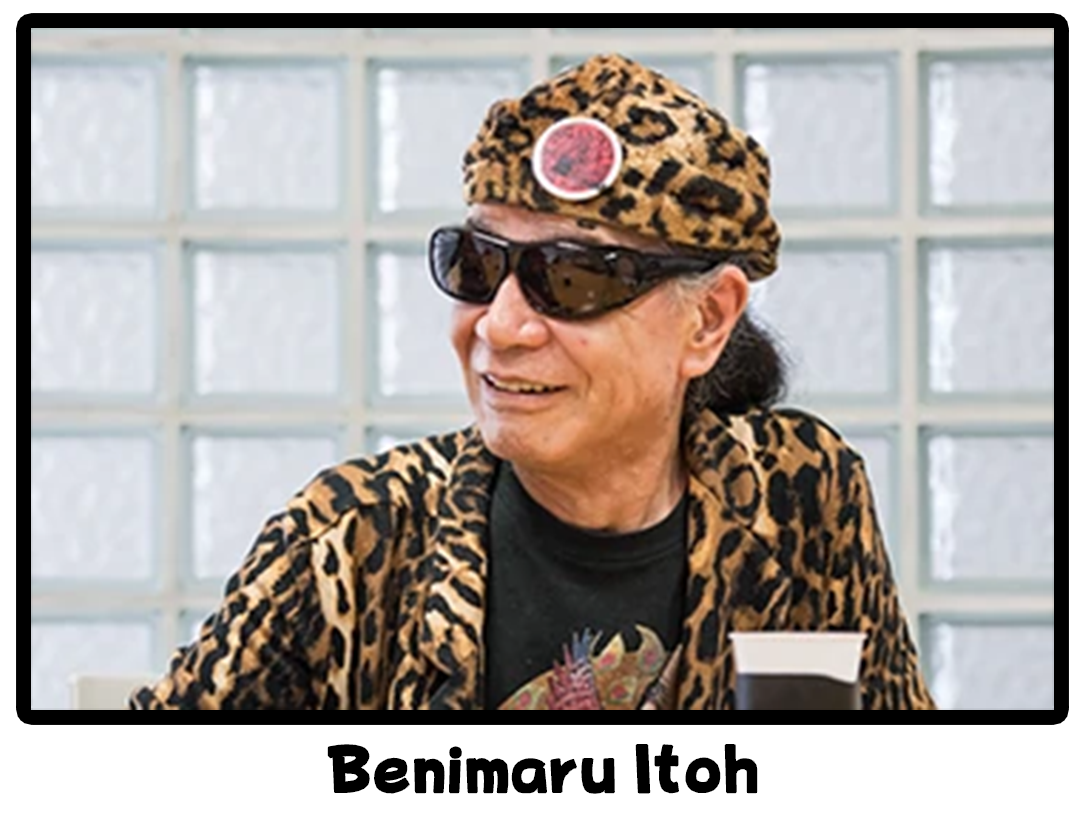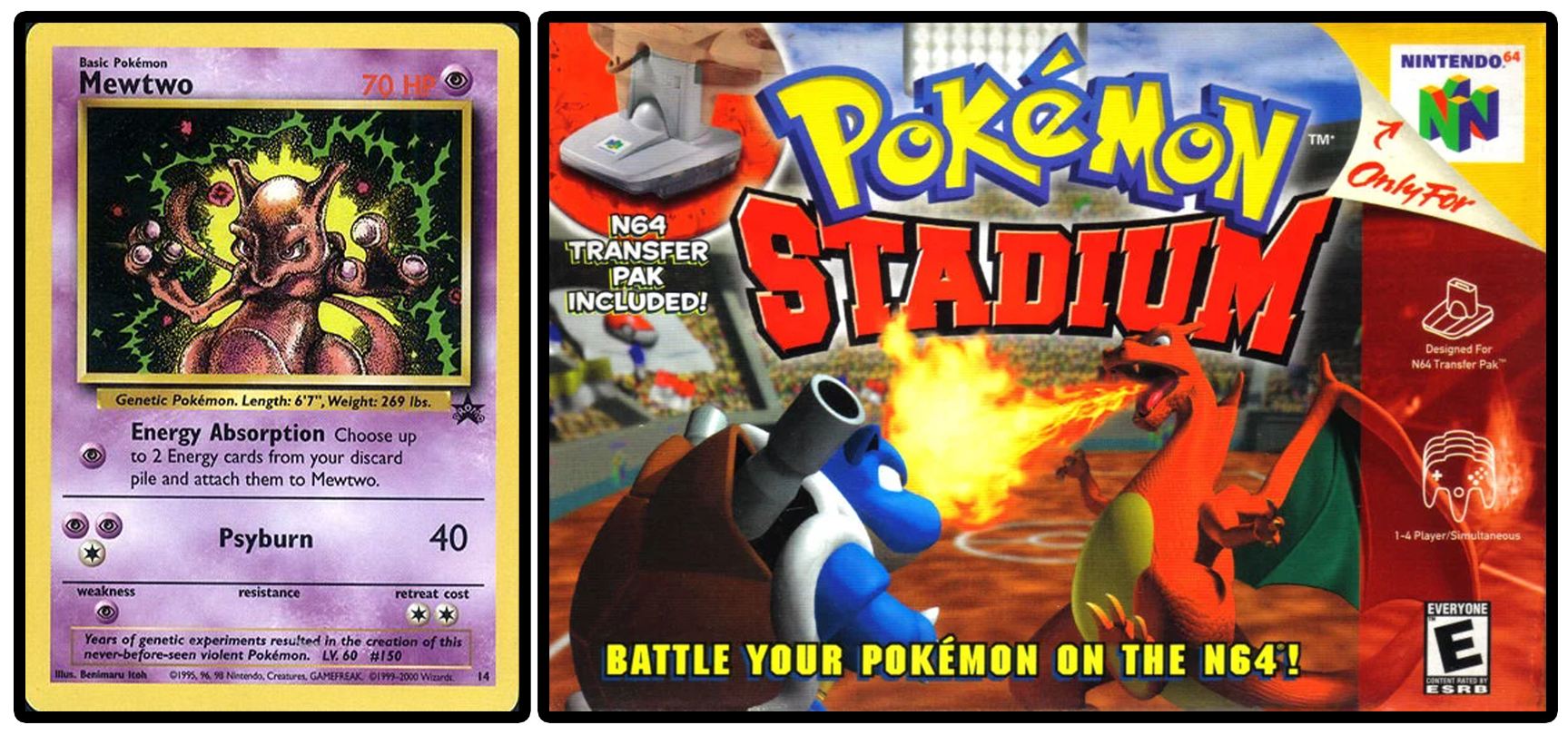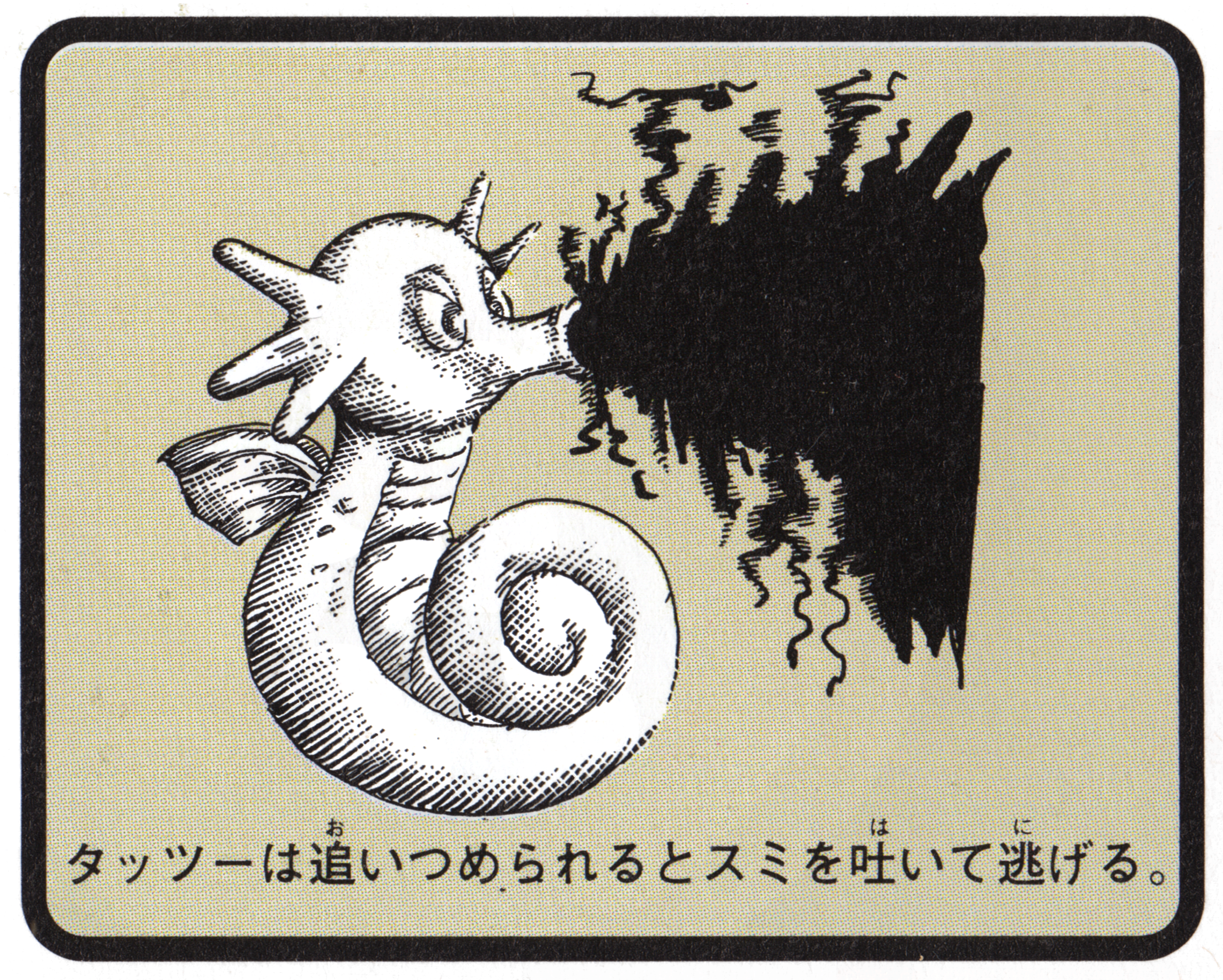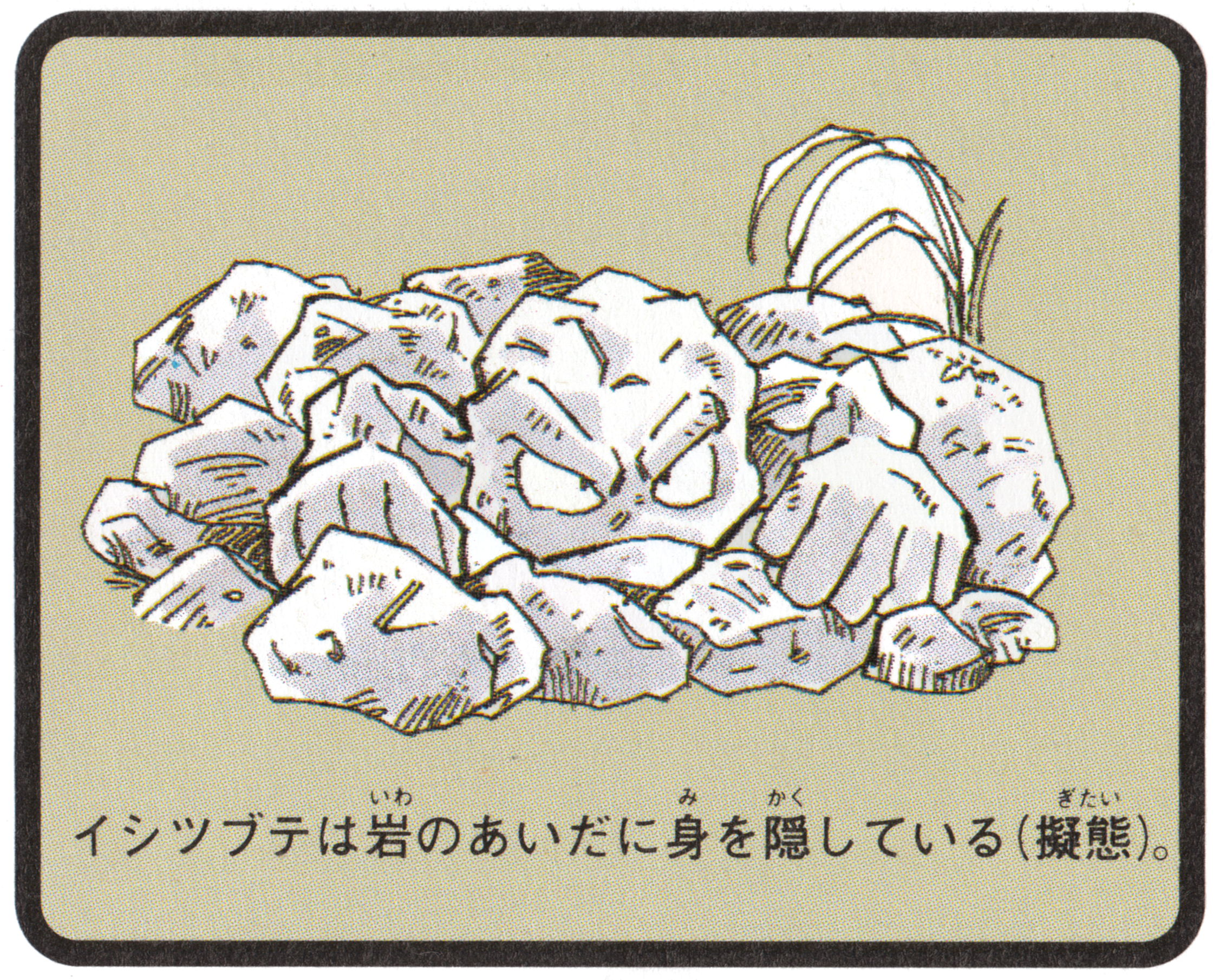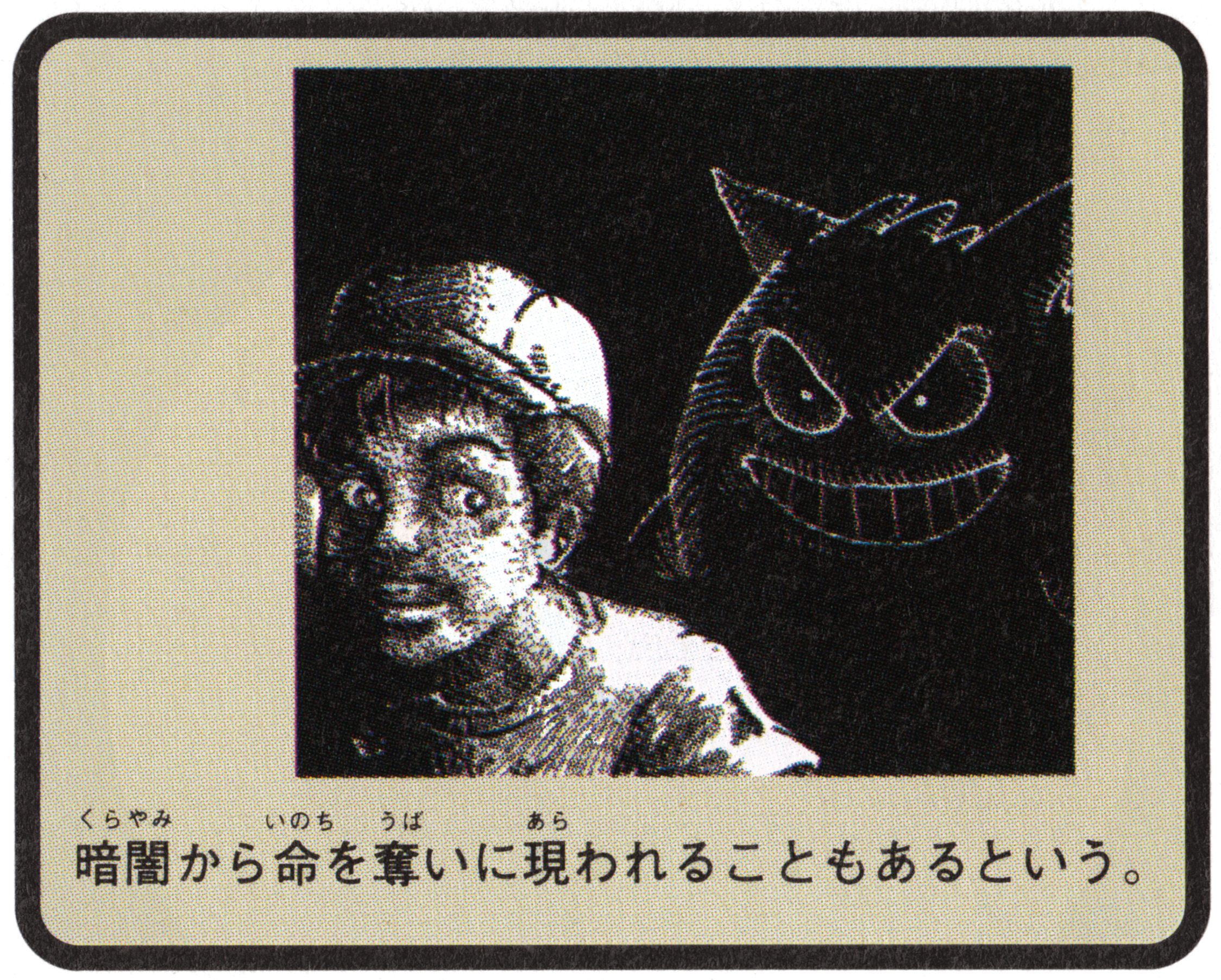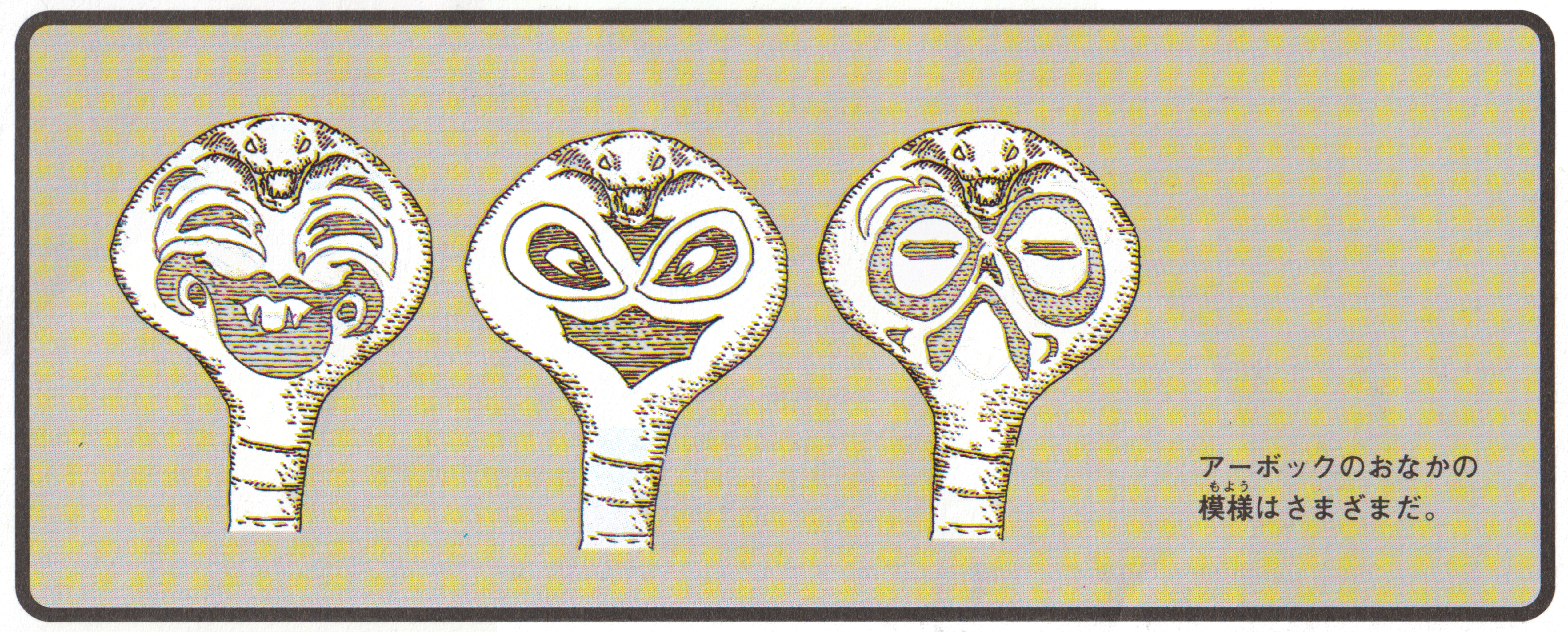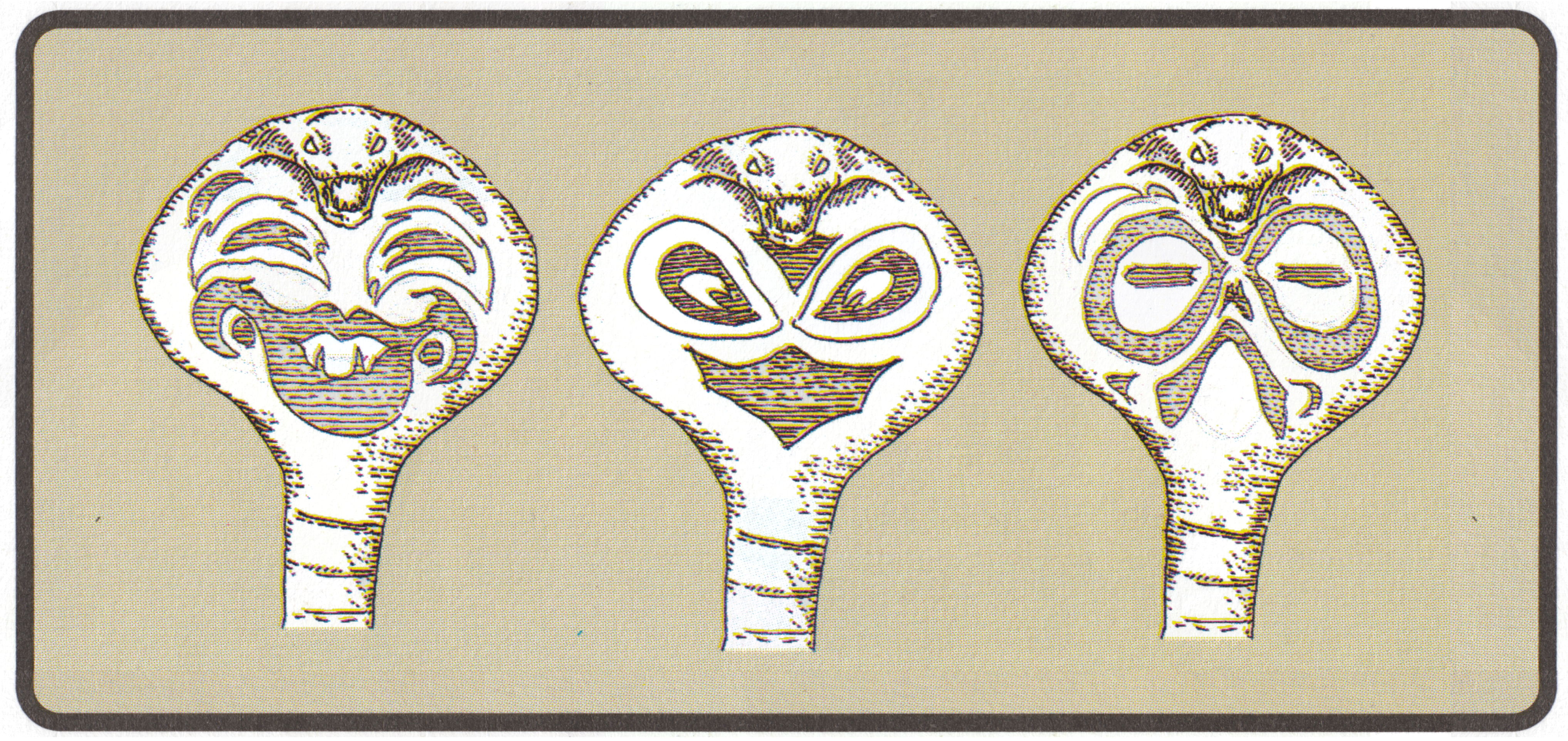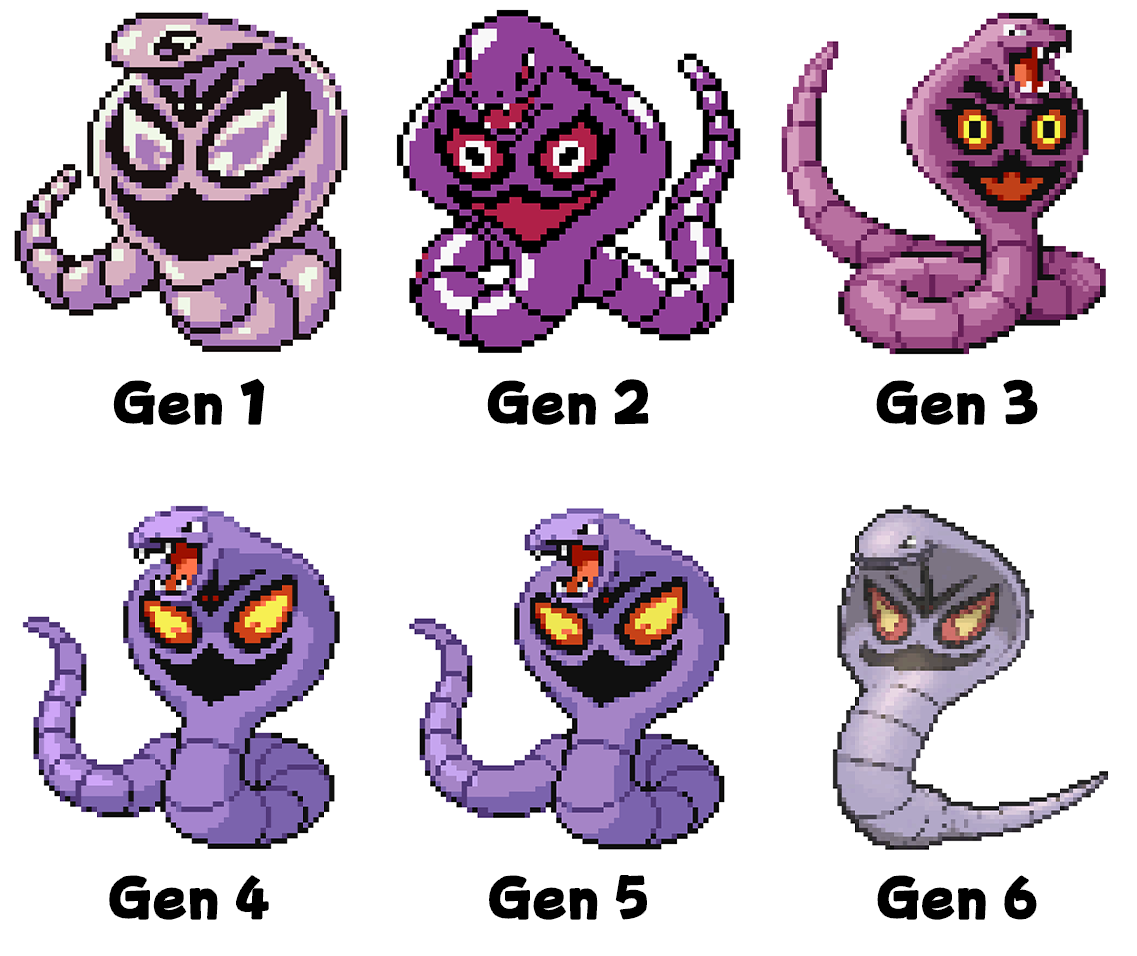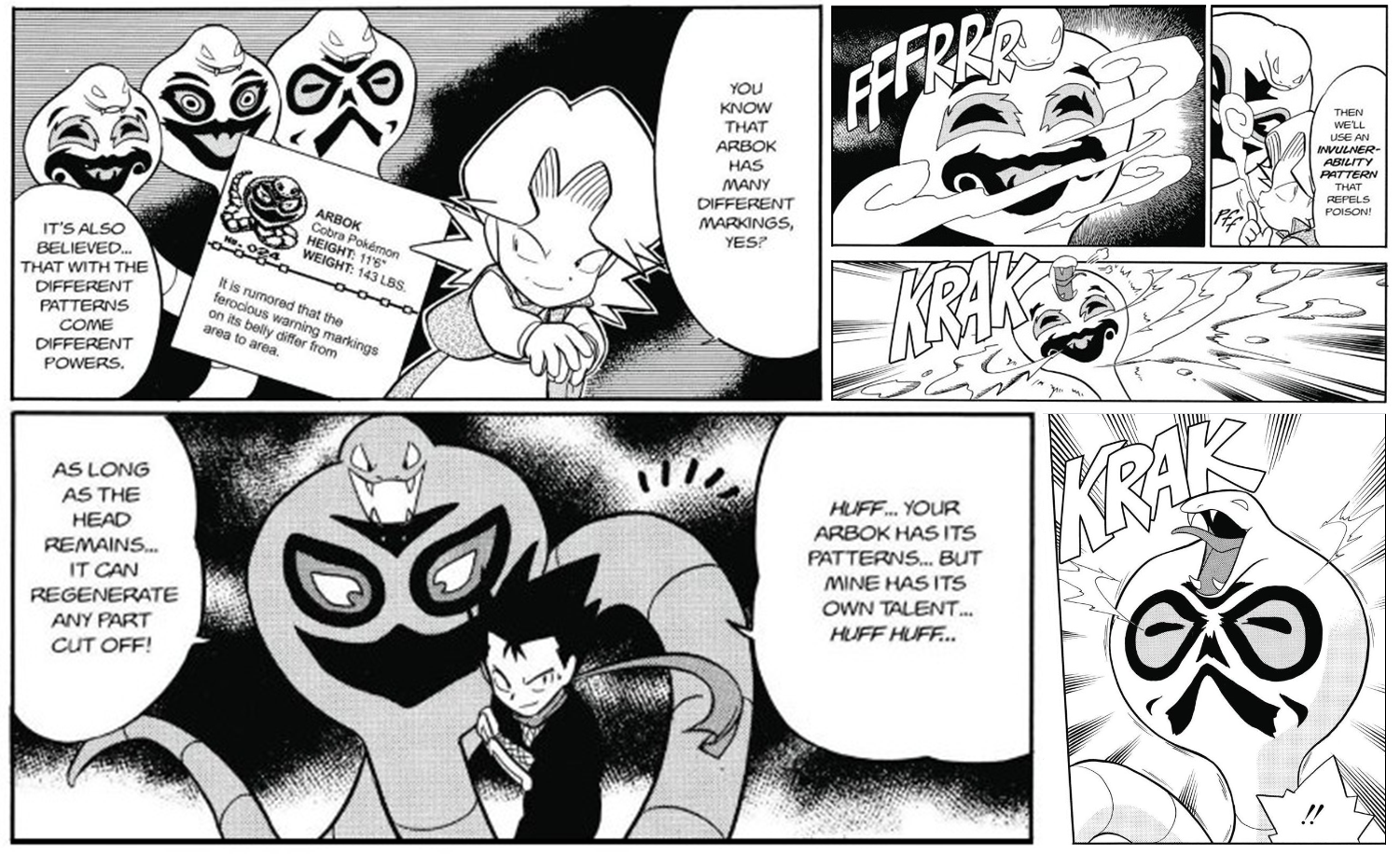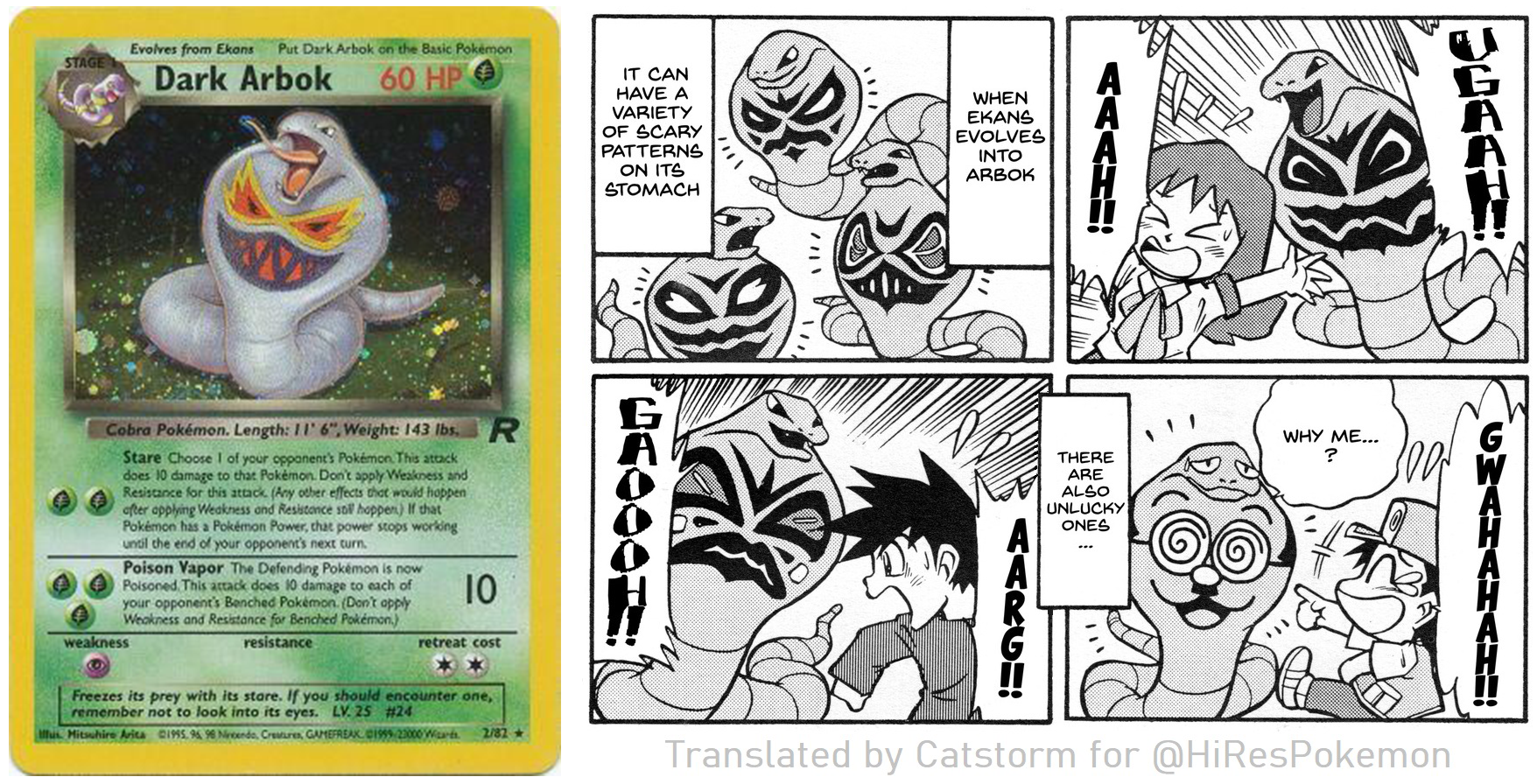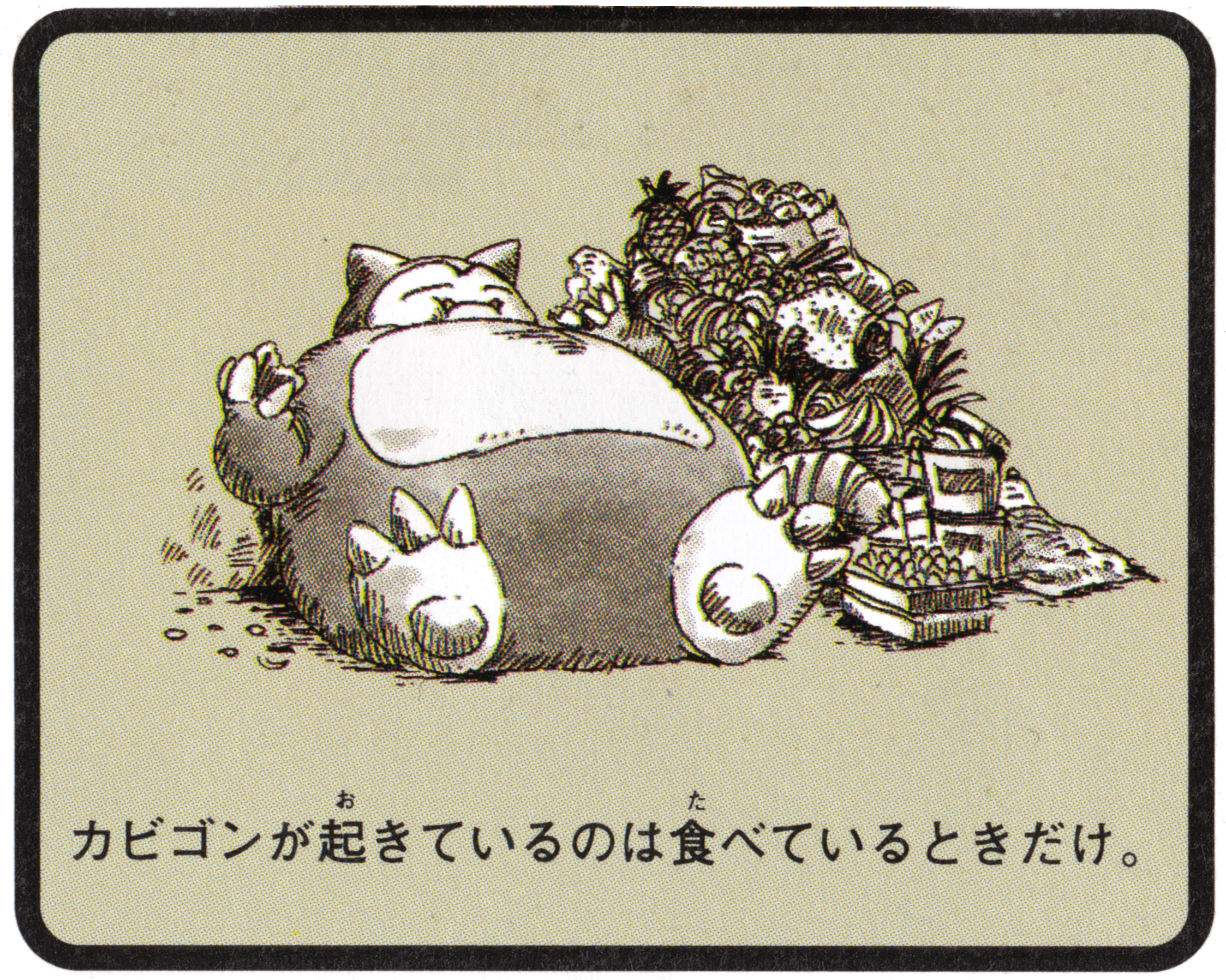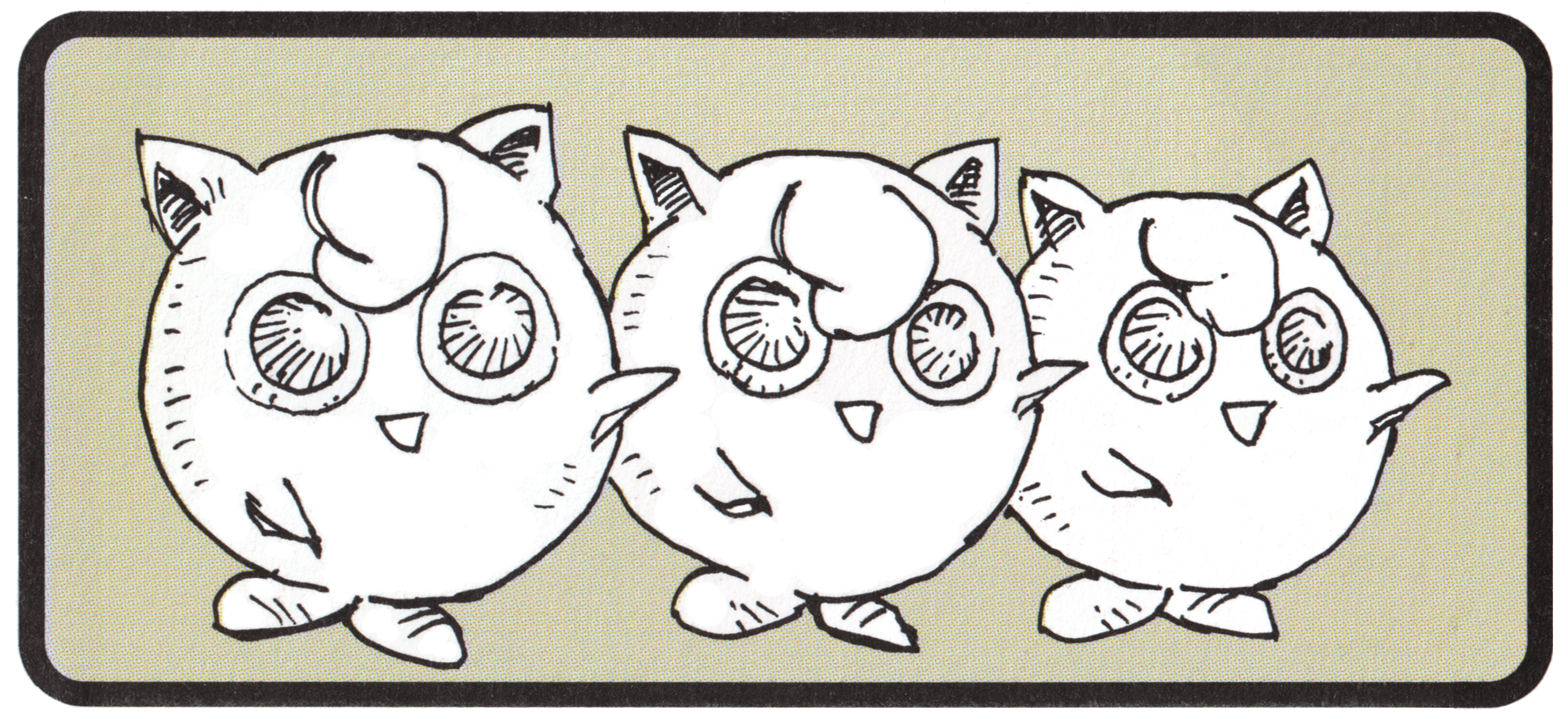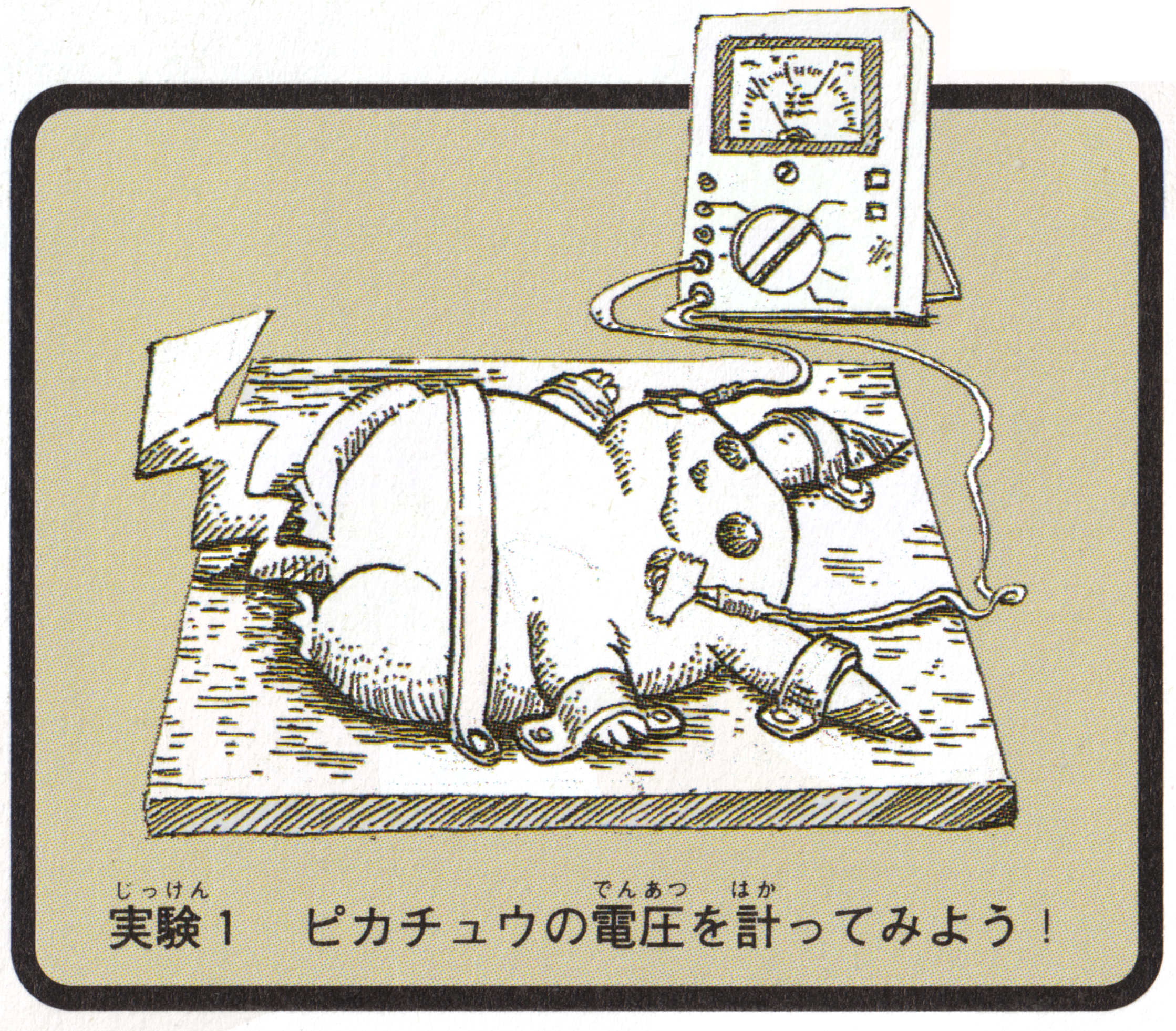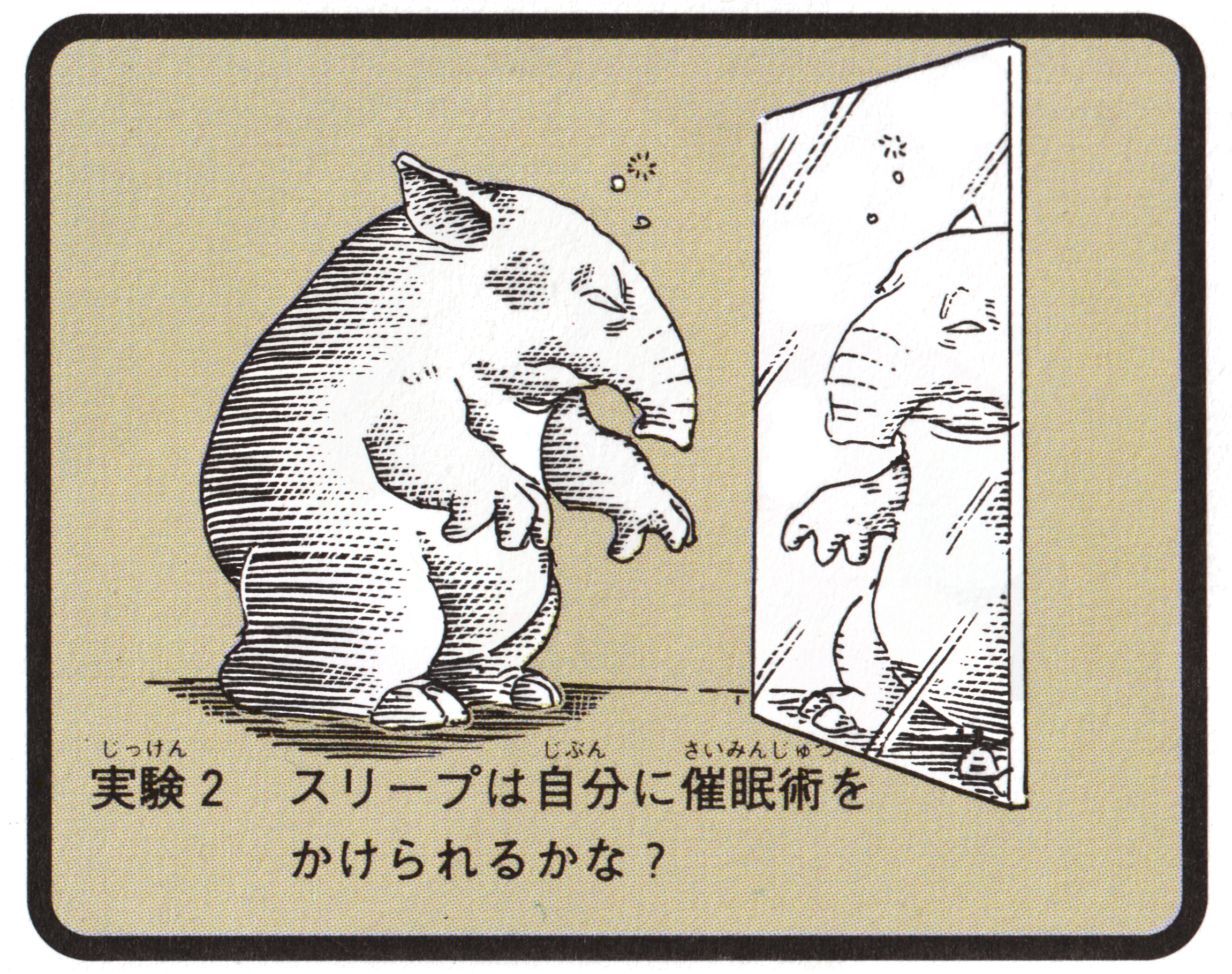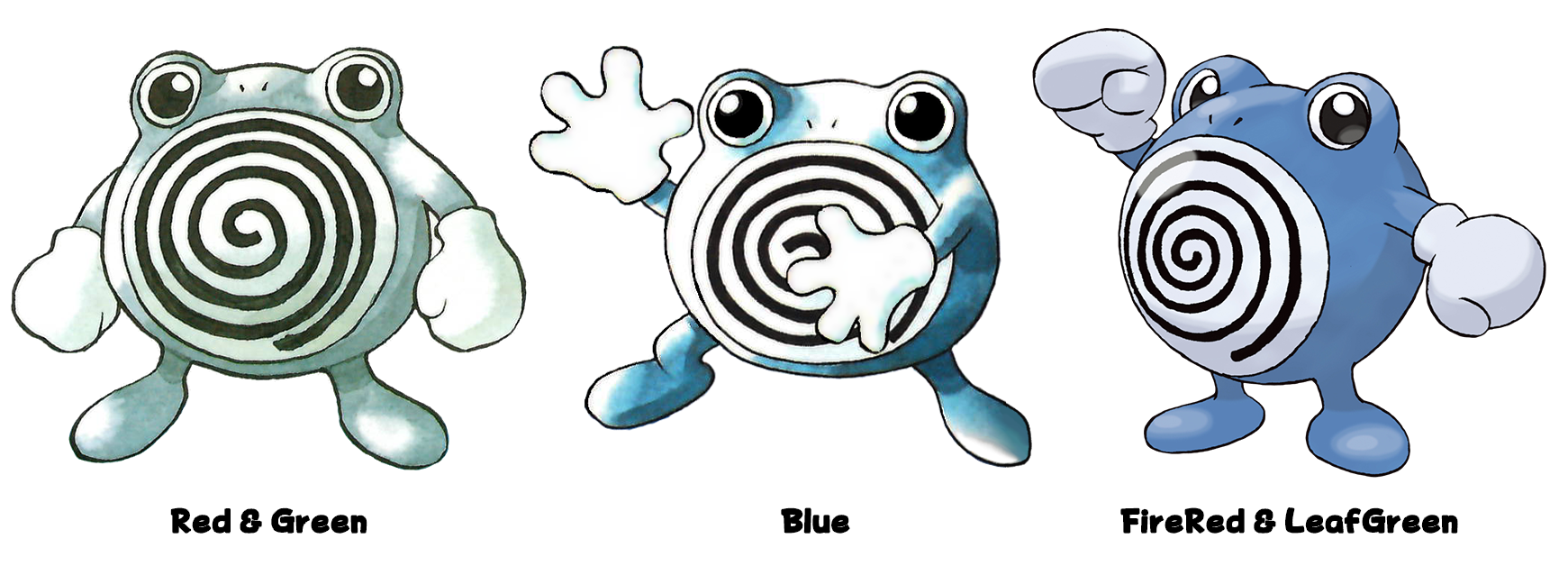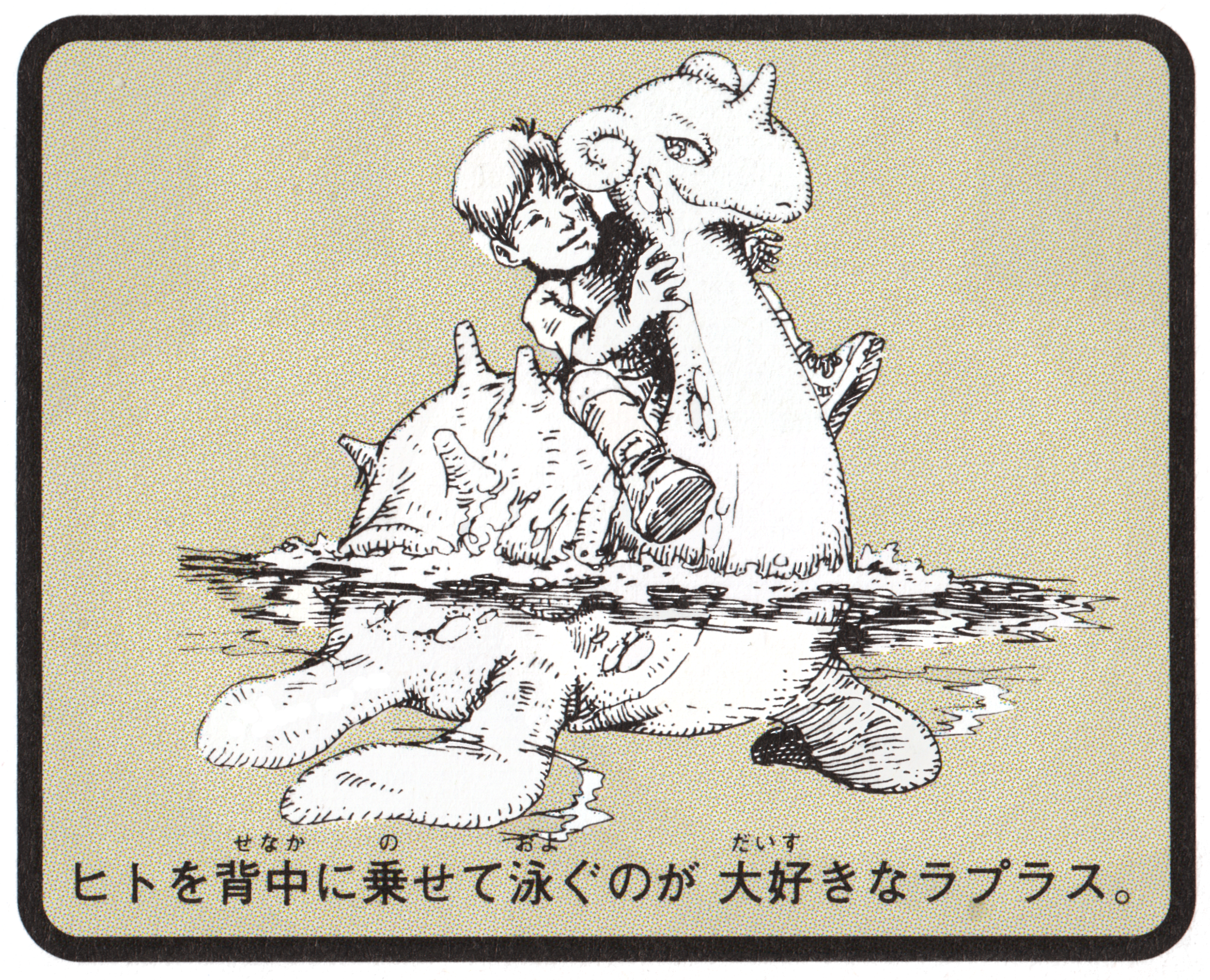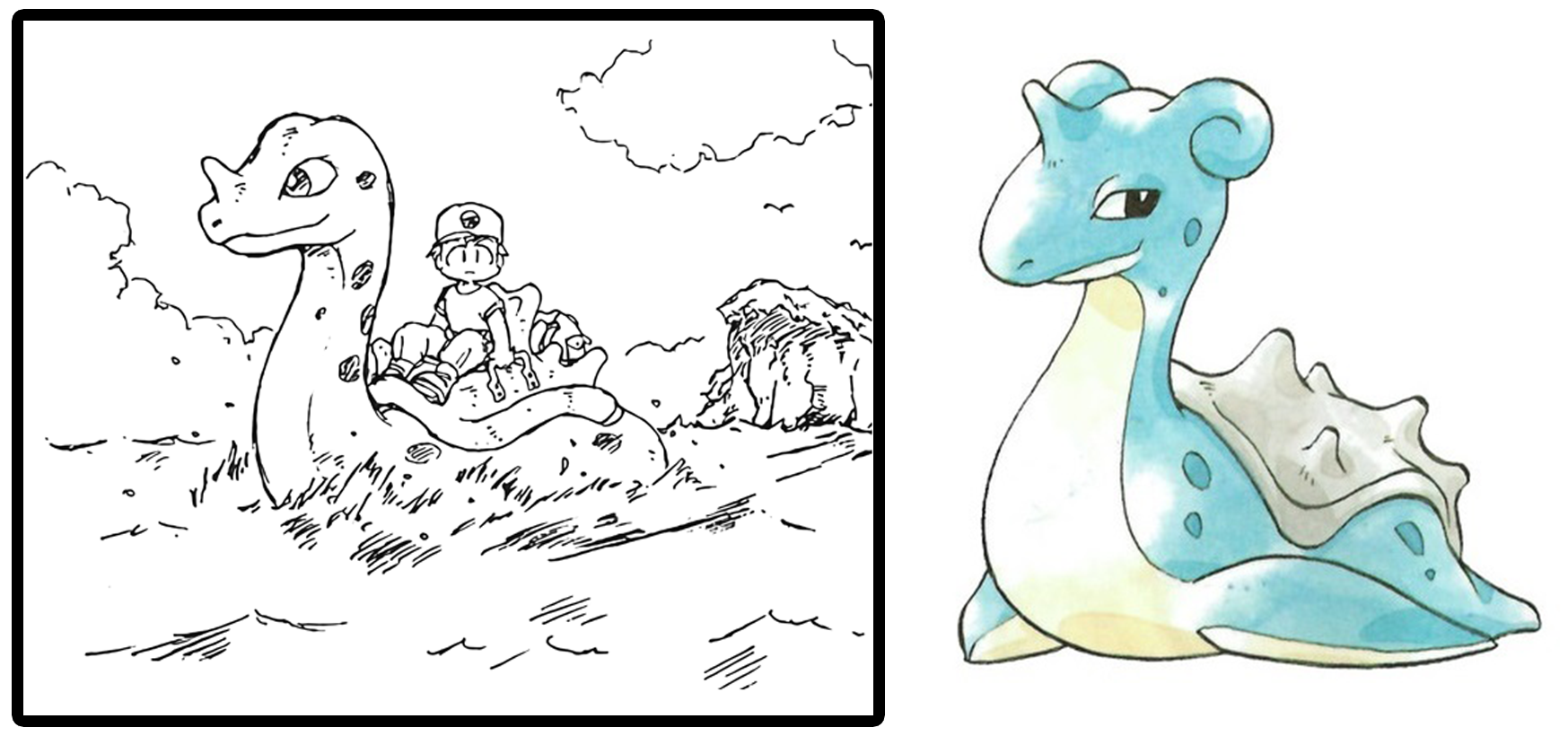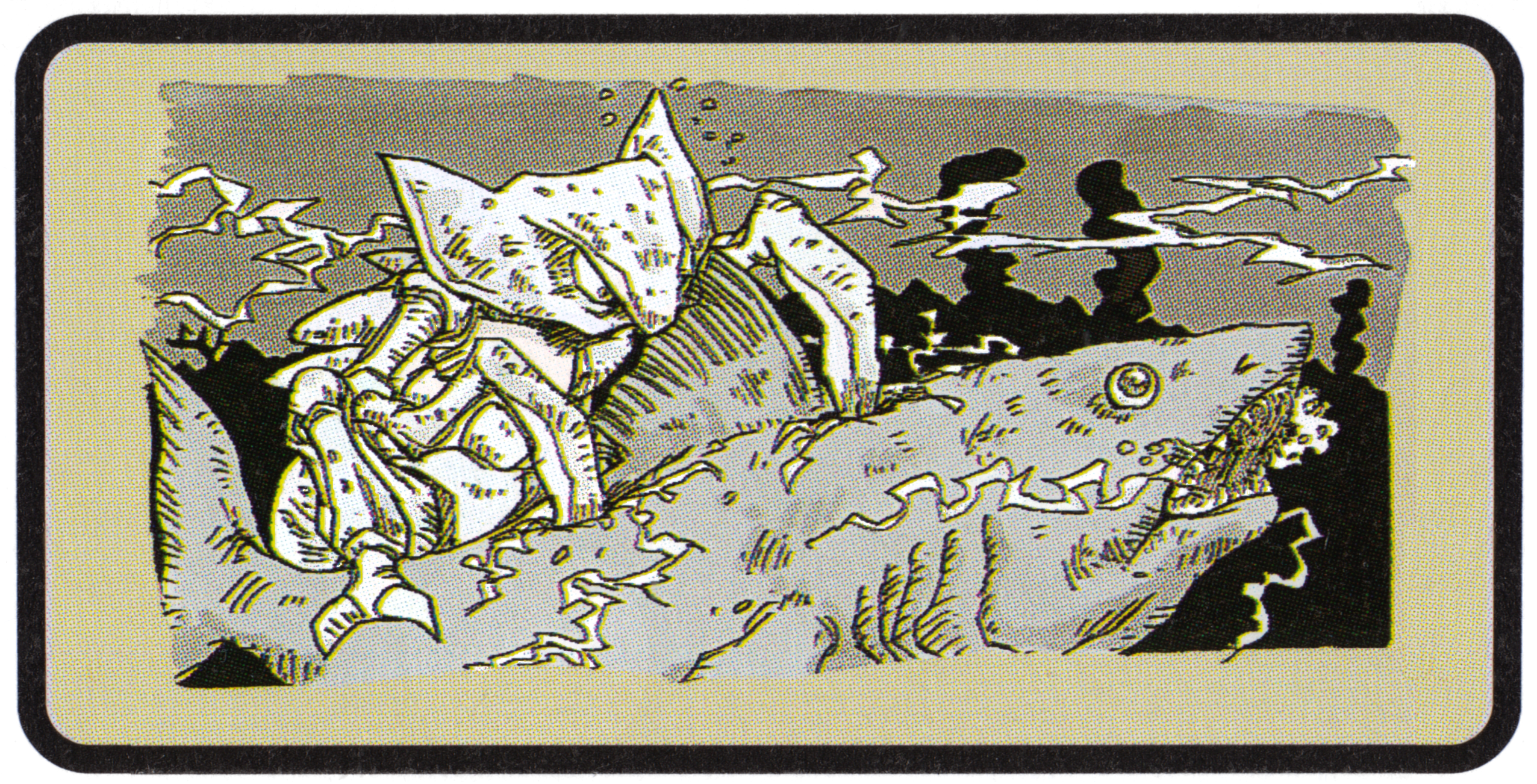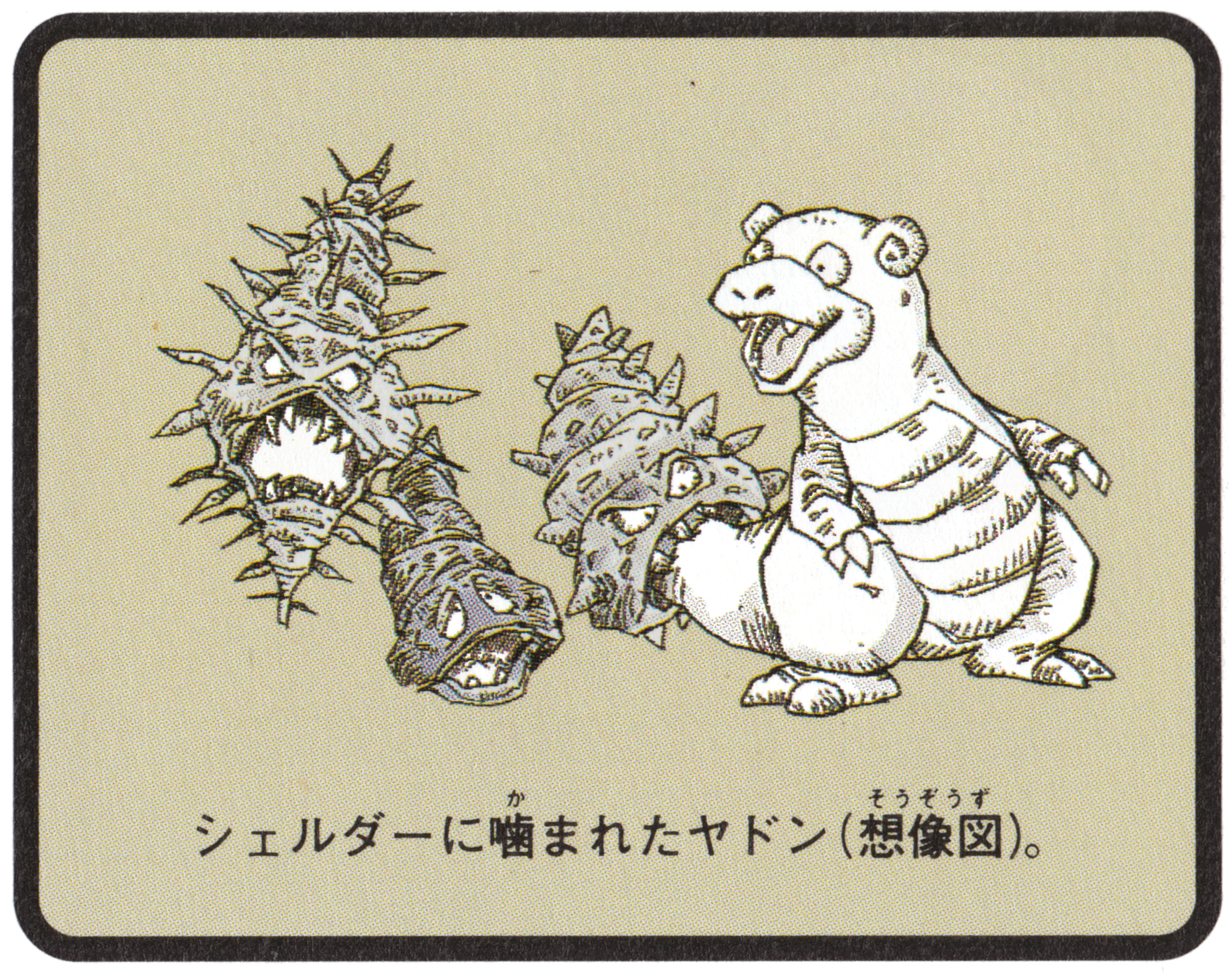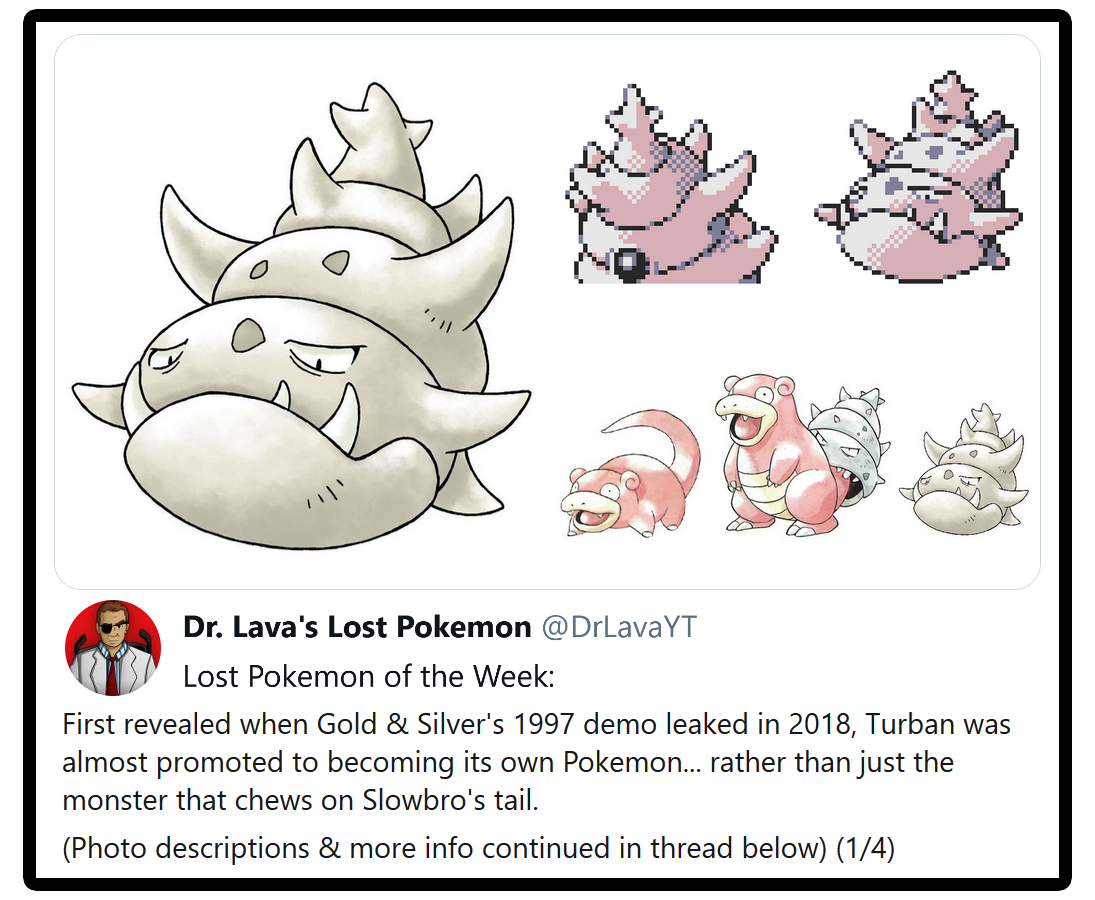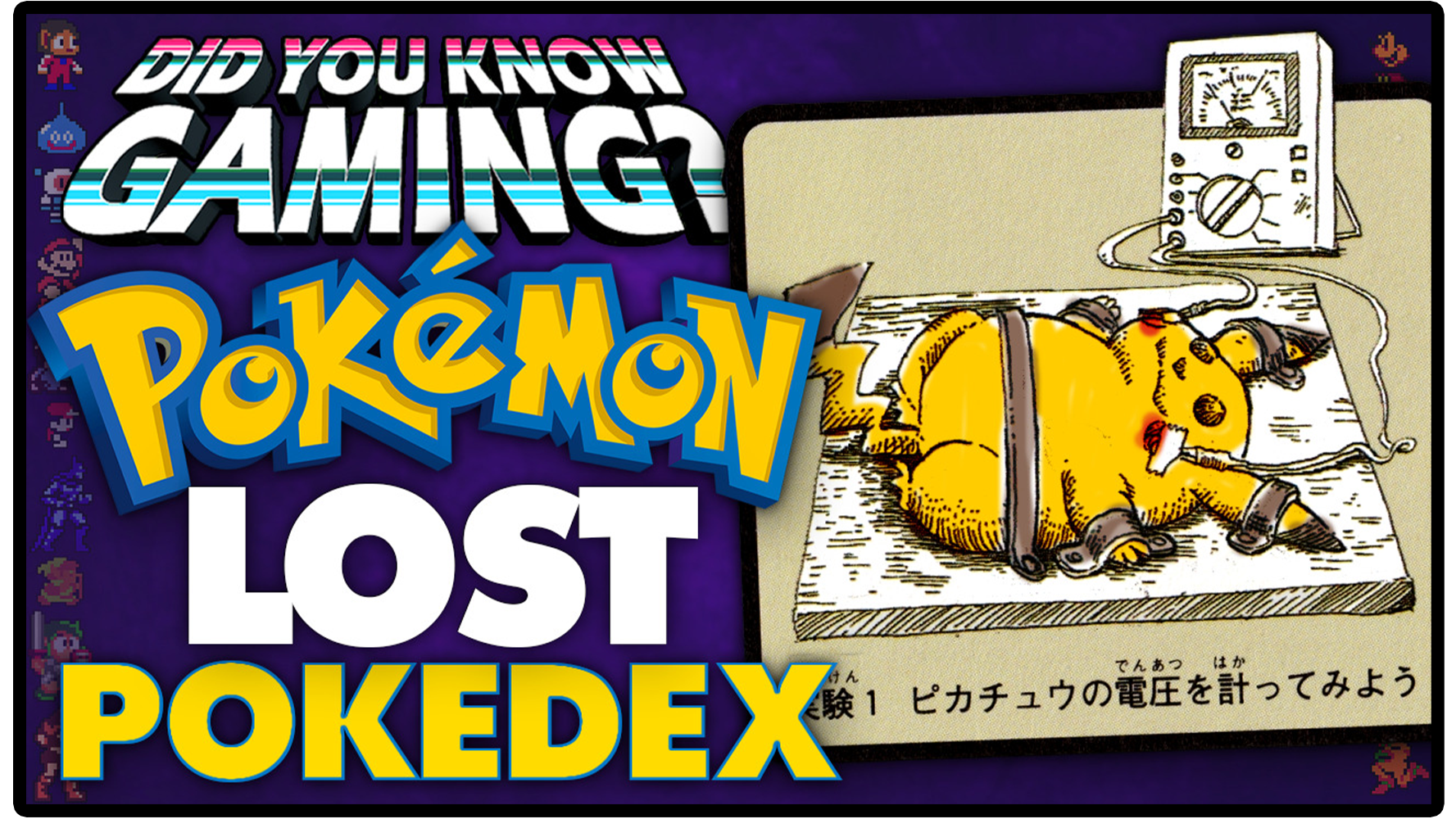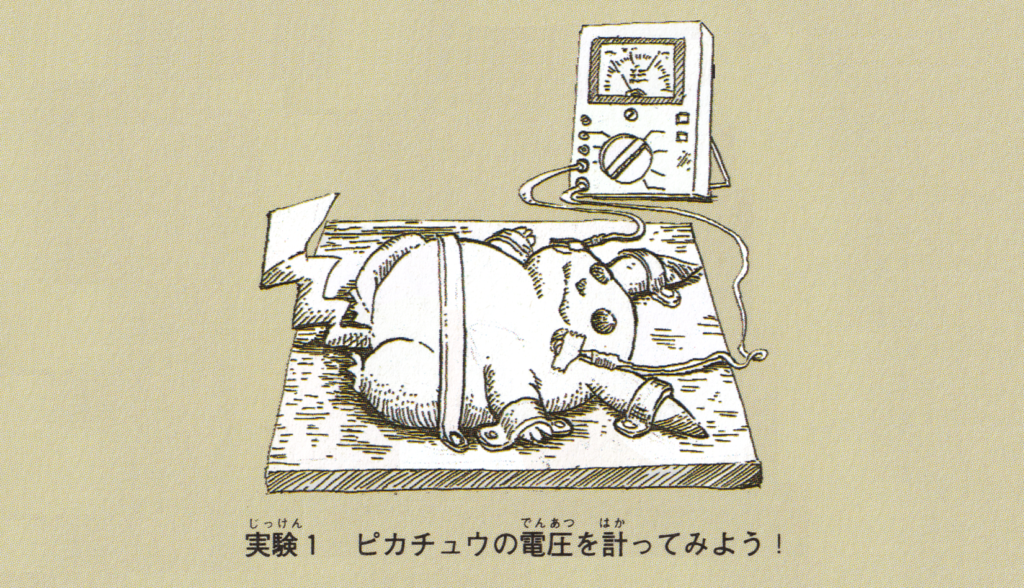
1996 Pokemon Artwork Translations
Official Pokedex Bonus Artwork & Info
Written by Dr Lava • April 15, 2021
In April 1996, an official Pokemon book was published in Japan, titled ポケットモンスター図鑑, which translates into English as An Illustrated Book of Pocket Monsters. A less literal translation is simply Pokédex, so that’s how the book will be referred to throughout the rest of this article. Pokédex was co-published by Famitsu together with Creatures, the company who essentially co-owns the Pokemon brand together with Nintendo and Game Freak.
The book contains an exclusive 8 page interview with Satoshi Tajiri, Ken Sugimori, and pretty much every Game Freak developer who worked on Generation 1. In other words, Pokédex is as official as it gets — and it contains over 140 pages of development history, Kanto lore, and original artwork.
47 pages in Pokédex are quite literally a Pokédex — and a completely unique one at that, with 150 entries never seen anywhere else in the series. Together with Did You Know Gaming, I hired Nob Ogasawara (the official translator of the first 26 Pokemon games) to translate this entire Pokedex, including thirteen diagrams peppered all throughout.
While most of the book’s artwork was made by Ken Sugimori, this set of artwork was made by Benimaru Itoh. Itoh worked for Nintendo during the early and mid-90’s, then went to work for Creatures in the late 90’s. He made artwork for the Pokemon TCG — most notably the Mewtwo card pictured below — and he was the chief 3D modeler for Pokemon Stadium and Pokemon Snap. He also worked on Hey You Pikachu, Pokemon Channel, and drew the comics for Super Metroid, Star Fox, and Mother 2.
These 13 diagrams are the first (and smallest) section I’ll be posting from Pokédex, and the other sections I’ll be posting on my Patreon in the future will cover a lot more material (the page you’re reading now is only for Patreon supporters). In this article I’ll add some additional commentary to some of these diagrams. As always, thanks so much for y’all’s support, which funds these kinds of projects.
All 13 diagrams were scanned in super high-resolution by my friend HiResPokemon and cleaned up in Photoshop by me (check him out for more rare Pokemon art). You can click any image to enlarge and zoom in. Okay so without further adieu, here are enhancements and translations of all 13 diagrams.
Translation: “When cornered, Horsea spit black ink and flee.”
To be honest these first two aren’t particularly exciting, so let’s go ahead and cover these first so we can get to the more interesting ones, like how Gengar murders people.
Translation: “A Geodude hides among rocks (camouflage).”
Translation: “They may appear out of darkness to rob people of their lives.”
So Gengar’s a murderer apparently. Makes sense. Gengar’s Pokédex entry in Silver hints at its murderous tendencies, but it was vague enough that it could’ve been interpreted as attacking a Pokemon, rather than murdering a human: “To steal the life of its target, it slips into the prey’s shadow and silently waits for an opportunity.” Other Pokemon have some pretty weird in-game Pokédex entries, like Hypno’s in FireRed that says: “It carries a pendulum-like device. There once was an incident in which it took away a child it hypnotized.” But probably the darkest entry is Drifloon’s in the Sun Pokédex, which tells us: “Stories go that it grabs the hands of small children and drags them away to the afterlife. It dislikes heavy children.”
Translation: “Arbok have different belly markings.”
This one sort of awkwardly has the text way off on the side, so I’ll also include the Photoshopped zoom-in version without the text.
Arbok’s Pokedex entry in Red & Blue says “It is rumored that the ferocious warning markings on its belly differ from area to area.” And its entry in Yellow is even more specific, telling us that “The frightening patterns on its belly have been studied. Six variations have been confirmed.”
However, only two distinct patterns have appeared in the games — one pattern in Gen 1, another in Gen 2, then future games just recycled those two designs. More color was added over time as advancing technologies allowed, but these are essentially the same two hood variations… or “belly markings,” as they’re referred to in Pokédex.
Ken Sugimori’s official artwork shows the same two designs, both created during Gen 1. So it seems Game Freak originally planned to have lots more Arbok variants, but scrapped the idea after Gen 2. However, there have been some additional patterns that appeared elsewhere.
Interestingly, the same three Arbok belly patterns found in this 1996 Pokedex book were also included in a 1997 issue of the Pokemon Adventures manga. In the manga, Arbok can switch between the patterns at will, and each one has a special strength, like boosted speed and attack stats. Presumably these designs were lifted directed from this Benimaru Itoh’s 1996 artwork.
The Team Rocket expansion of the TCG released in late 1997, including a Dark Arbok card with a unique hood design never seen anywhere else. Also printed in 1997, the (non-canon) 4Koma comic collection included a few more unique designs. As you can see, there’s a wide variety of Arbok belly patterns… but for some reason, Game Freak only wanted to use two of them in the mainline series. And nowadays they mostly just stick to its original design, the original one that first appeared in Pokemon Red & Green.
Translation: “Snorlax stay awake only while eating.”
Snorlax is based on Gen 1’s planner Koji Nishino. Snorlax’s Japanese name is Kabigon, which was also Nishino’s nickname during development. “Kabi” means “mold,” and Nishino had a reputation for eating pretty much anything he could find around the office… including food that had gone moldy.
Translation: “Three Jigglypuff sing as a chorus. They induce triple the drowsiness.”
Just like Arbok, Jigglypuff’s diagram is sort of awkwardly wide as well, so here’s a Photoshopped zoomed-in version.
Translation: “Experiment 1: Let’s measure Pikachu’s voltage!”
What a bizarre image. The in-game Pokedex never specifies what Pikachu’s maximum voltage is, but it does say that Raichu “can reach even 100,000 volts.” Interestingly, Pokemon Stadium’s dex entry says 10,000 volts, but that was actually a mistranslation — the Pokedex has always said 100,000 volts ever since the original Japanese releases of Red & Green.
Translation: “Experiment 2: Can a Drowzee hypnotize itself?”
Translation: “A see-through anatomical model of Poliwhirl (property of Prof. Oak).”
Yikes, so it seems Professor Oak’s been dissecting frog Pokemon in his laboratory. This diagram shows us where Poliwhirl’s mouth is located, in case if there was ever any doubt. Perhaps more interestingly though is that Poliwhirl only has three toes — and the fact that it has individual toes at all, which you never see in-game.
Poliwhirl’s sprites and artwork over the years have been pretty inconsistent. Sometimes it has four fingers on each hand, and sometimes it has a thumb and one large hand lump. This suggests that Poliwhirl wears gloves, and he switched from wearing finger gloves to mittens… for some reason. This Pokédex book actually shows five fingers on each hand.
Back in the 90’s, Pokemon designs weren’t as consistent as they are today. The designers didn’t use reference sheets, and as a result, lots of Pokemon looked different in some places than they did in others. In a 2018 interview (translated here), Ken Sugimori said “We started doing the illustrations around the time of Ruby & Sapphire. Before then, whenever we were asked about, say, how a Pokemon’s back looks for the anime or a toy, we didn’t have any reference except the sprites, so it was difficult to answer.” As you can see from the above examples, lots of designs changed even within the same generation — and oftentimes changed right back to the original, though not always.
Translation: “If the two heads of a Doduo fight, it becomes unable to move.”
An oft-forgotten Pokédex entry from Yellow says “Its short wings make flying difficult,” while Red elaborates with “A bird that makes up for its poor flying with its fast foot speed.” So apparently Doduo canonically does have wings, we just never get a chance to see them.
Translation: “Lapras love to swim with people riding on their back.”
According to Ken Sugimori, Lapras was one of the first Pokemon ever designed — in fact, it was created specifically to carry people on its back across the water. In a July 2000 interview (translated here), Sugimori was asked who were the first Pokemon ever created. He replied: “Rhydon, Clefairy, Lapras, etc. Our original idea was for Pokemon to live alongside humans and assist them in useful ways. So the earliest Pokemon had well-defined functions — like ferrying people across the sea or carrying things. I also created Pokemon like Clefairy who were basically cute pets.”
Here’s some early concept art of Lapras from that time period, scanned by preservationist HiResPokemon. You can see Lapras’ early design had some minor differences compared to its final design — the horn was on its snout rather than its forehead, it didn’t have eears, overall it was just a bit more dinosaur-like.
Translation: “Kabutops made prey of larger creatures.”
Here’s another zoom-in. This diagram’s caption says “made prey” (past tense) because what’s being depicted is two million years ago. Kabutops’ Pokedex entry in this book says in part: “The one and only Kabutops fossil was discovered six years ago in a soil horizon approximately two million years old. They are therefore considered the oldest of all Pokemon.”
Translation: “A Slowpoke bitten by a Shellder (envisioned).”
Those are some pretty strange Shellders on Slowpoke’s tail… but then again, the creature that attaches itself to Slowpoke never looked much like a Shellder to begin with.
Gold & Silver’s 1997 demo included a Pokemon who, as opposed to Shellder, much more closely resembled that creature. It ended up getting cut from Gen 2. It’s very possible it was also planned for Gen 1 at some point — but that’s just speculation on my part, and hasn’t been proven in any leaks or developer interviews. But it seems very possible that was the case, and the creature on Slowpoke’s tail was just retconned as Shellder later in development.

Honestly, that makes a lot more sense than that thing being a Shellder. They really don’t look alike whatsoever. What’s more, the in-game Pokédex says Slowbro is 5’03”, while Shellder is only 1’0″… so the sizes don’t even match up. But like I said, the idea that this Lost Pokemon was cut from Gen 1 is just my personal theory, so take it with a grain of salt.
Closing Comments
If you wanna see Nob’s translation of the full 47 page Pokedex, it’s covered here word-for-word on YouTube: link. There’s lots more Pokemon translations hosted on this site as well, you can check out the homepage or choose from some recommended interviews linked down below. As always, a big thanks to my Patreon supporters who help fund these translations and keep this site going, it wouldn’t be possible without them. There are lots of articles and translations only available on Patreon, so if you’ve already read everything on this site, there’s lots more over there. Thanks for reading.
Read More Pokemon Translations:
• Interview: Tajiri and Ishihara discuss Game Freak before Pokemon
• Developer Blog: Pokemon Anime Was Written Under the Influence
• Interview: How Game Freak Creates Pokemon
Videos About Pokemon History:
• Translation: Sugimori Explains Gen 5 Beta Pokemon
• Cut Content: Gen 4 and 5’s Scrapped Lock Capsule Event
• Cut Content: Gen 4’s Internal Data and Cut Content

